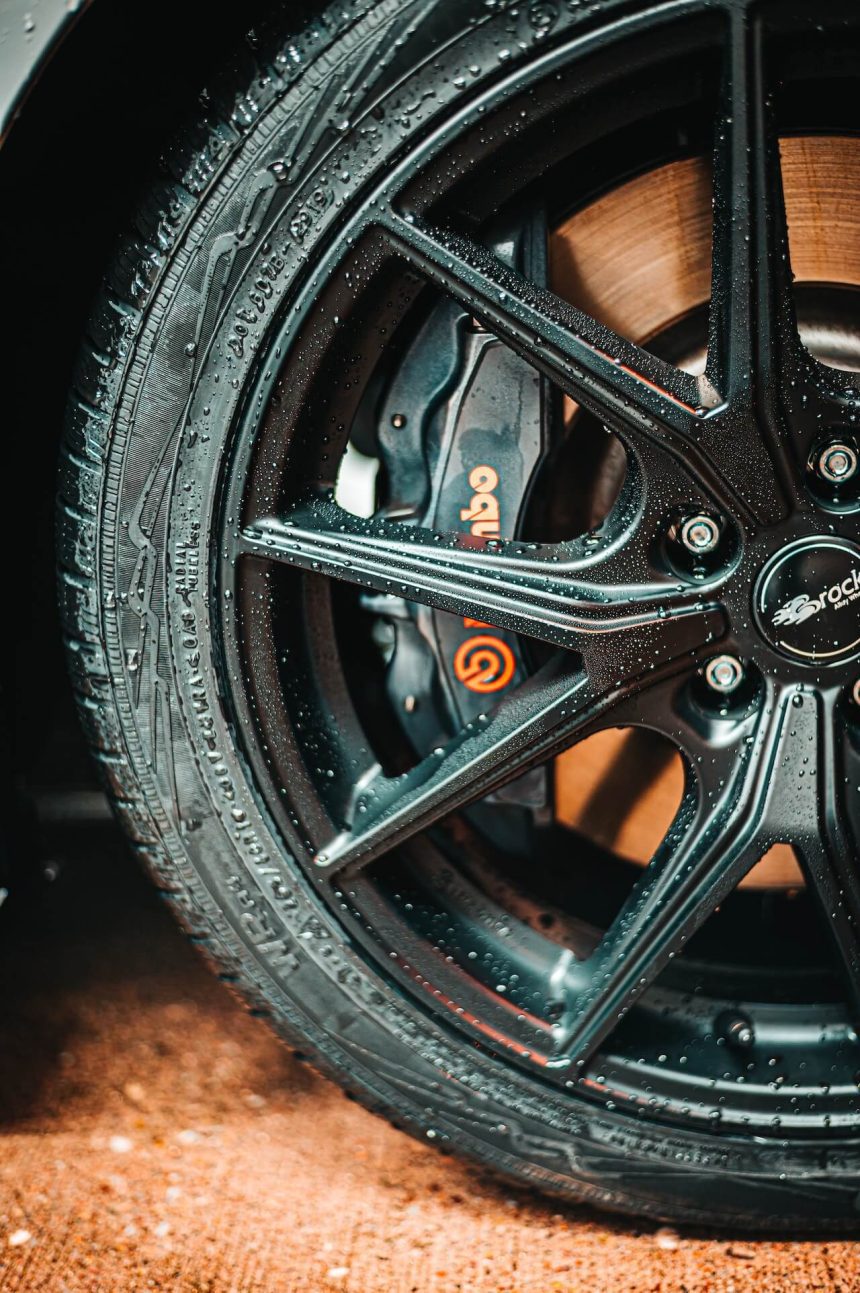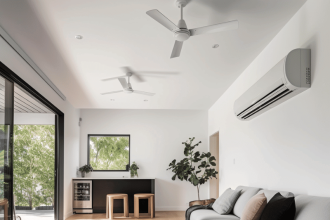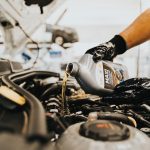If you own a car, you know all too well how much money gasoline may cost. The article “Saving Money at the Gas Pump Tire Pressure” Luckily, checking your tire pressure is easy to help save money. The money spent on gas can be reduced if correct tire inflation is practiced. In this piece, we'll discuss why it's essential to maintain your tires inflated to the proper pressure, how to do so, and some other maintenance basics.
You should also check out the following:
1. The Advantages of Proper Tire Inflation
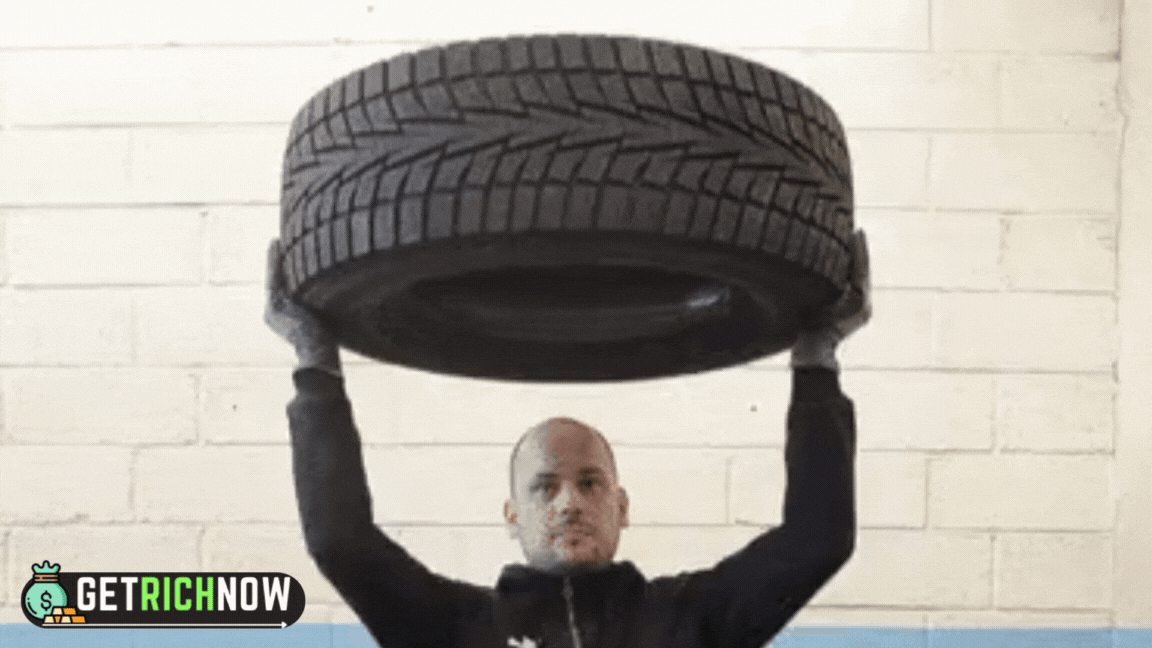
Saving Money at the Gas Pump: Tire Pressure
Several safety and performance benefits accrue from maintaining the correct tire pressure. In the first place, it can reduce your fuel costs. Tires with low air pressure have more rolling resistance, so your engine must work harder to move the car forward. As a result of the extra labor, fuel economy may suffer, and gas costs may rise. The US Department of Energy says keeping the correct tire pressure can improve gas mileage by 3%.
But there are other advantages to maintaining the correct tire pressure. In addition to these benefits, it can help keep your tires from blowing out, improve handling and stability, and make your tires last longer. Maintaining the correct tire pressure is an easy and inexpensive way to boost your vehicle's efficiency and security.
2. How to Measure Tire Pressure

How can you tell if the air in your tires is at the correct pressure? Regularly checking tire pressure is the simplest method. Tire pressure should be checked at least once a month and more often if you drive a lot in cold weather or rough terrain.
A tire pressure gauge, which can be purchased at any auto parts store or online, is needed for this task. You may check your tire pressure by removing the valve cap, pressing the gauge onto the valve stem, and reading the results. Check this figure against the suggested tire pressure in your car's manual or inside the driver's door. Air must be added to increase the stress if it is too low. If the reading is excessively high, deflate the tire by depressing the gauge's valve stem.
3. How to Maintain Your Tires in Excellent Condition
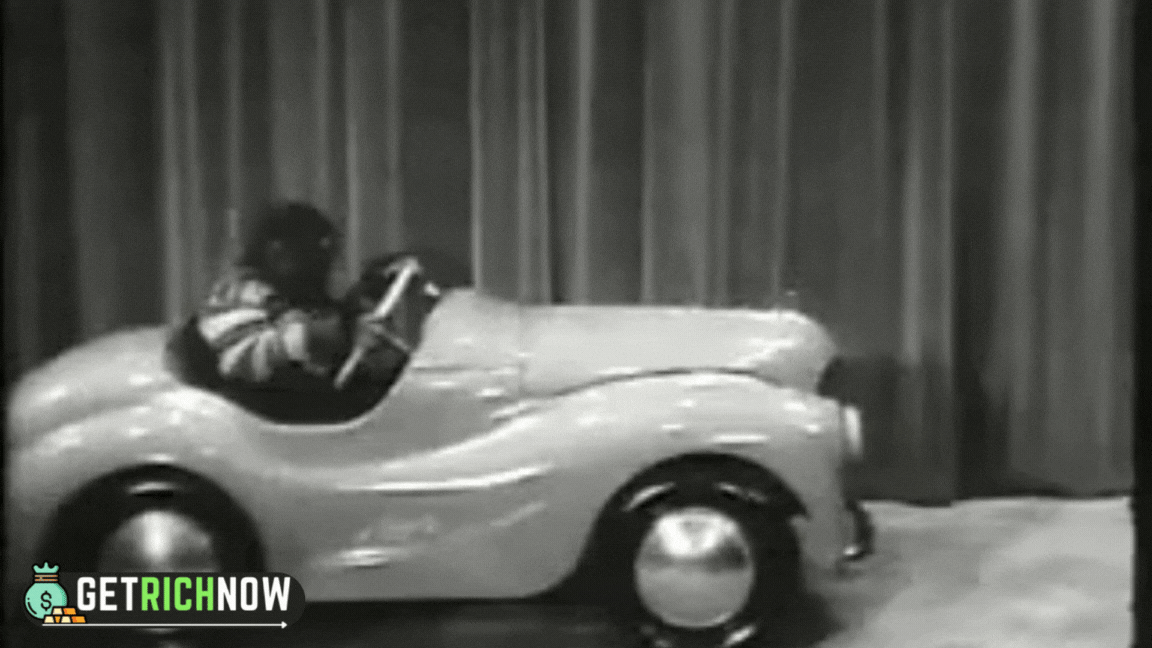
You can do a few things to maintain the health of your tires besides monitoring the pressure regularly. Some things to remember are listed below.
Tires should be rotated every 5,000–7,000 miles to ensure uniform wear.
If you check your alignment once a year, you can ensure your tires are pointed in the right direction.
Regularly check for cracks, punctures, and bulges for tire wear and damage symptoms.
Tire wear might increase if you drive with an excessive load or transport big things on your car's roof.
Tire damage can be less likely if you go carefully and don't stop or turn quickly.
By keeping an eye on your tire pressure and otherwise following these guidelines, you may extend the life of your tires and improve your car's gas mileage.
4. Wrapping it up

By keeping your tires at the correct pressure, you can save money at the gas station, improve your car's performance and safety, and make them last longer. Suppose you follow our advice and check your tire pressure periodically. In that case, you can extend the life of your tires, improve their performance, and have a more comfortable and fuel-efficient driving experience.
5. Frequently Asked Questions
How much can better tire pressure improve gas mileage?
The US Department of Energy says that keeping the proper tire pressure is all you need to do to improve gas mileage by 3%.
How frequently should I check the air in my tires?
You should check your tire pressure once a month and more frequently if you drive in harsh weather or on bad roads.
Can tires be damaged from driving on underinflated tires?
Driving on underinflated tires increases the danger of blowouts and other tire-related incidents. Thus, the answer is yes.
.


